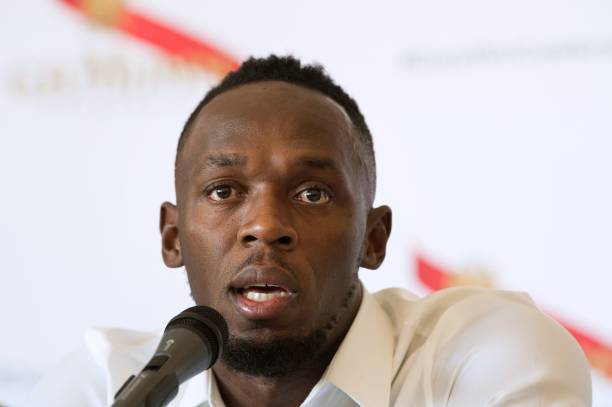Elaine Thompson-Herah’s Frequent Coaching Changes Throughout Her Track & Field Career Explained
Elaine Thompson-Herah, one of the most decorated sprinters in track and field history, has had a career marked not only by her staggering accomplishments but also by frequent coaching changes. Over the years, her decisions to switch coaches have raised questions among fans and experts alike. These moves, however, reflect Thompson-Herah’s constant quest for personal improvement, professional growth, and a desire to remain at the top of the sport.
The Jamaican sprinter first rose to international prominence under the guidance of coach Stephen Francis, a renowned figure in track and field. Under Francis’ coaching at the MVP Track Club, Thompson-Herah achieved monumental success, winning gold in the 100m and 200m at the 2016 Rio Olympics. Francis was credited with molding her raw talent into the fierce competitor who dominated the sprinting world.
However, after a series of injuries and inconsistent performances post-Rio, Thompson-Herah decided to make a significant change in 2021, parting ways with Francis. This move came as a shock to many, as Francis was seen as one of the key architects of her success. Despite the uncertainty, her decision paid off almost immediately when she clinched another pair of gold medals at the Tokyo 2020 Olympics, held in 2021 due to the pandemic, solidifying her status as one of the greatest sprinters of all time.
In 2022, Thompson-Herah again made headlines by leaving MVP to join a new coach, Derron Herah, her husband, signaling another major shift in her career. She cited the desire for a more personalized training environment and closer attention to her needs as a primary factor in the decision. This move underscored Thompson-Herah’s focus on longevity, considering her battle with injuries and the need for a tailored approach as she approached her 30s.
These frequent coaching changes may seem unconventional, but they highlight Thompson-Herah’s relentless pursuit of excellence. Each transition has been driven by the need to adapt her training methods, preserve her body, and stay competitive at the highest levels of track and field.
As the sprinter eyes future competitions and potentially the Paris 2024 Olympics, her willingness to make bold coaching decisions reflects her dedication to maintaining her position at the pinnacle of the sport. For Thompson-Herah, the path to greatness has been defined not just by her speed on the track, but by her ability to adapt and evolve through strategic coaching choices.










